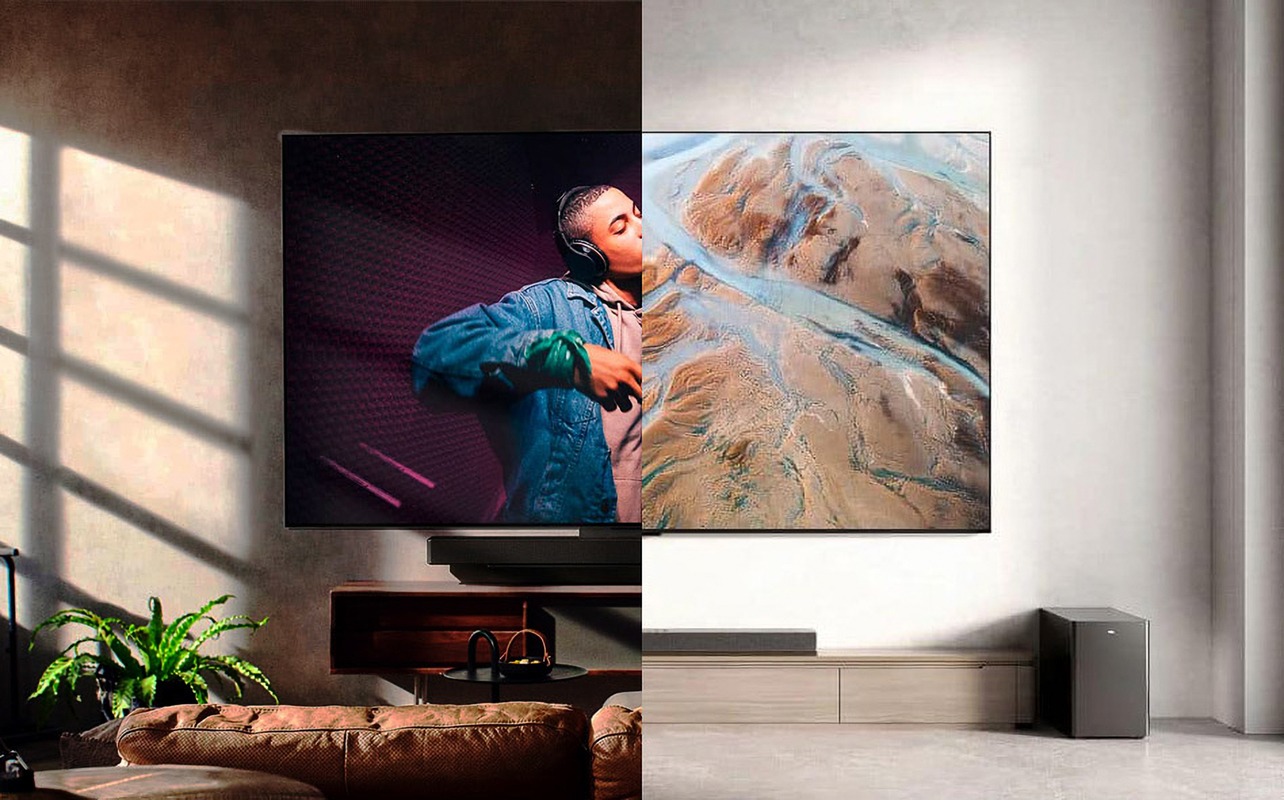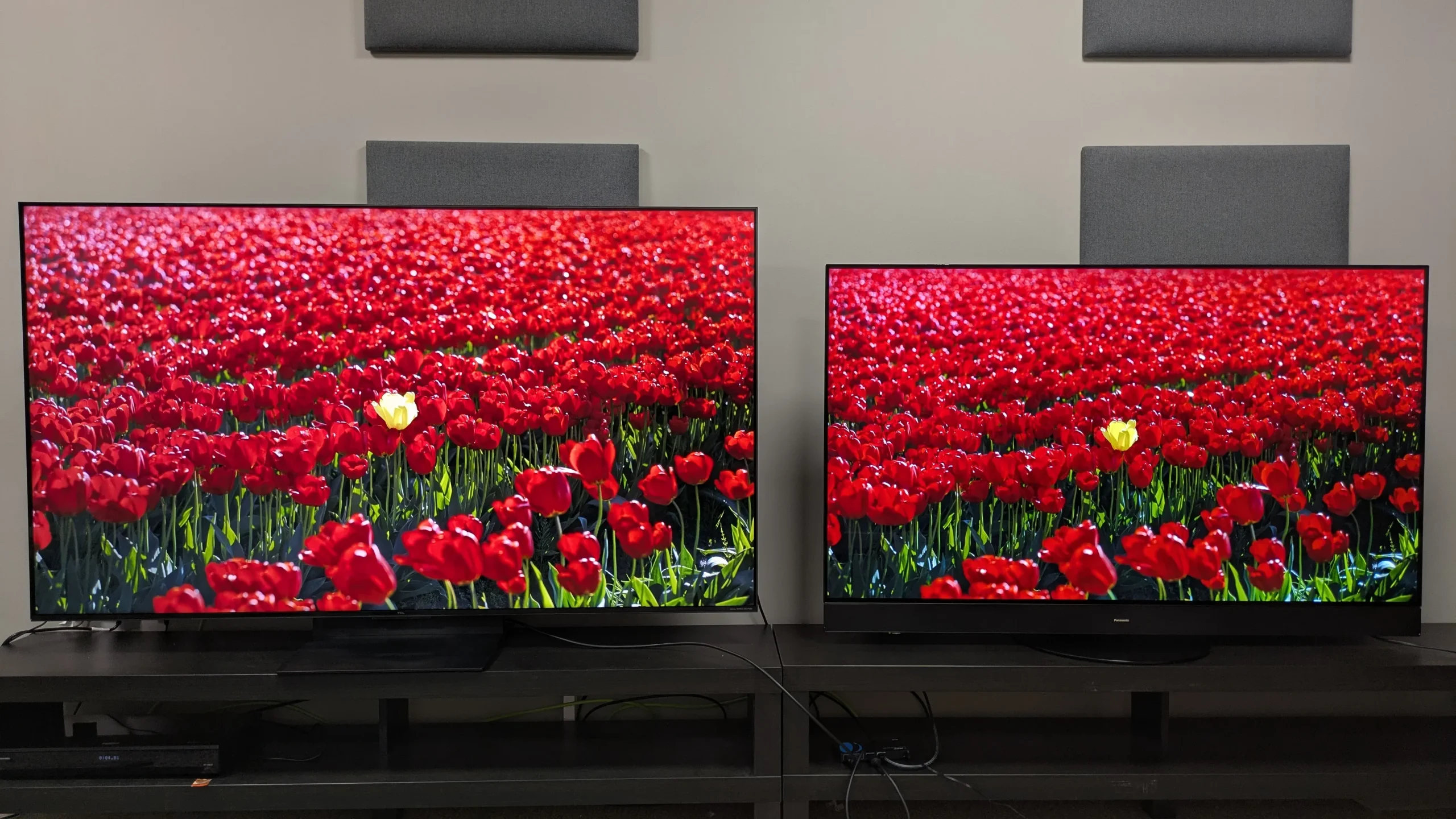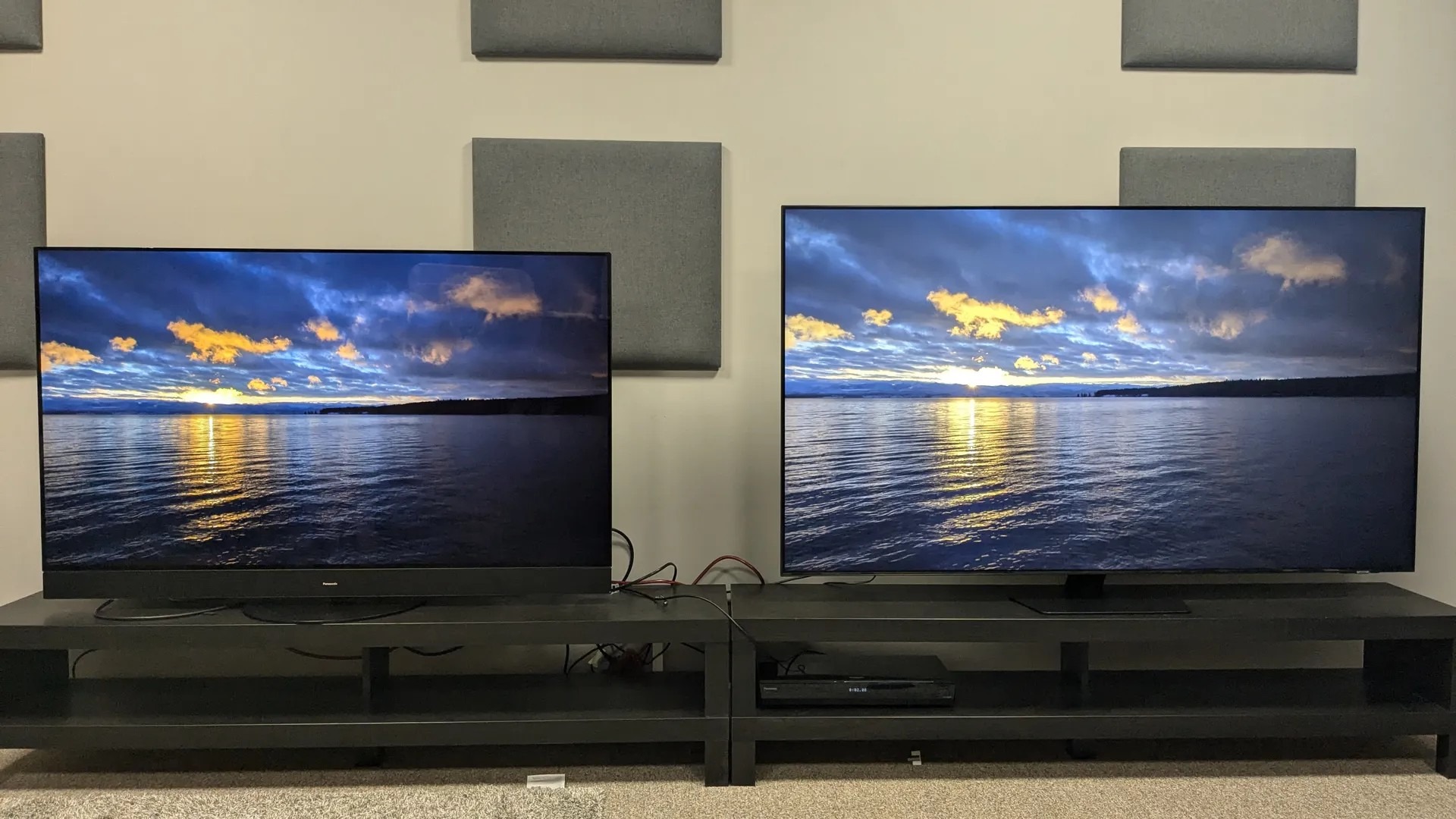Choosing the right television in 2025 can be a bit challenging with how fast display technologies are developing. Among the most popular screen types buyers consider today are OLED and Mini-LED.
While both promise rich picture quality and better viewing experiences than older LED and LCD panels, the differences between them can help determine which one better suits your needs.
This article compares these two technologies, looking at picture performance, price, durability, brightness, and other important features to help you decide which one to go for.
Before spending your money, it is important to understand what makes each of them special. OLED and Mini-LED both aim to provide deeper colours, better contrast, and improved energy efficiency.

Bright rooms or dark scenes your viewing habits decide the winner (Photo: Twitter)
However, how they do this and what they offer in practice can vary. Your viewing environment, what you use your TV for, and how much you want to spend will all play a role in the best choice for you.
Let us break down the major differences between OLED and Mini-LED televisions, and give insight into how they work, where each one performs better, and what to expect when watching your favourite content.
Understanding How OLED Screens Function
OLED stands for Organic Light Emitting Diode. This type of television display uses individual pixels that produce their own light. What this means is that every pixel can turn on or off on its own, without relying on a backlight. When a pixel is off, it is truly black, allowing OLED TVs to show very deep blacks that improve contrast.
This independent pixel lighting also helps colours stand out. Since there is no backlight pushing through the pixels, colours appear more natural and sharp. OLED TVs also offer excellent viewing angles. Whether you sit directly in front or towards the side, the picture stays consistent with no colour fading.
However, one concern that still follows OLED technology is the risk of image retention. When a static image stays too long on the screen, it could leave a faint mark behind. While modern OLED models include built-in methods to reduce this, it is something to keep in mind if you watch channels with logos or play games with static interfaces for long hours.
Mini-LED and How It Works
Mini-LED displays are an improvement on traditional LED TVs. The major difference is the use of thousands of smaller light-emitting diodes that form the backlight. These tiny LEDs allow for more precise control of brightness across the screen, often through a feature called local dimming.
With better local dimming, Mini-LED TVs come closer to producing deep blacks, although they are still limited by the fact that they rely on a backlight shining through layers.
Even when a part of the screen is meant to be dark, some light may leak through, making the black appear more like dark grey. That said, Mini-LEDs are less prone to image retention and can maintain high brightness levels more easily.
Mini-LED screens often perform very well in bright rooms, where ambient light might make it difficult to see fine details. The brightness advantage gives it the upper hand in such conditions.
Comparing Picture Performance Between the Two
OLED takes the lead when it comes to contrast. Because its pixels can completely shut off, you get perfect black levels and contrast that enhances the image in a cinematic way.
Mini-LED TVs still do a good job with contrast, especially with advanced local dimming zones, but there is a limit to how dark they can go without some haloing or blooming around bright objects.
When it comes to brightness, Mini-LED shines brighter. This makes it the preferred option for those who watch television in rooms with a lot of sunlight. OLED TVs have improved in brightness in recent years, but Mini-LED still manages to go further in this aspect without losing clarity.
For fast-paced scenes, both perform well. Motion handling has improved greatly on OLED models due to how quickly each pixel responds, making sports and action movies smoother. Some high-end Mini-LED sets come with similar motion performance, although not quite as fluid as OLED.
Lifespan and Durability Matters
Durability and expected lifespan are also factors that matter when choosing between OLED and Mini-LED. Mini-LED panels are considered to last longer with fewer worries about long-term wear.
OLED displays, while built to be more durable now than before, still face doubts about their resistance to long-term image retention especially when static content is displayed regularly.
Manufacturers have addressed this concern by introducing features that refresh the pixels, but buyers who use their TVs for content like news or sports channels with persistent logos may need to be cautious.
Price Range and Budget Choices
When shopping based on price, Mini-LED generally offers better value for larger sizes. OLED models, especially those in the high-end bracket, tend to be more expensive because of how the panels are made.

Picture quality showdown between two premium TV technologies (Photo: Shutterstock)
However, as competition grows and production techniques improve, some affordable OLED models have become available, making them more accessible to a wider group of buyers.
For budget-conscious shoppers who want great image quality without spending too much, Mini-LED might be the smarter move. On the other hand, if picture contrast and colour quality are more important to you than peak brightness, then OLED is worth the stretch.
Which One Works Better for Gamers
Gaming on a TV requires fast response times, minimal input lag, and support for modern gaming features. Both OLED and Mini-LED TVs now come with HDMI 2.1 ports, variable refresh rate, and auto low latency mode, which are all helpful for consoles like PlayStation 5 and Xbox Series X.
However, OLED has an edge when it comes to response time, making fast gameplay feel more direct and responsive. For people who care about every millisecond during gaming sessions, that might give OLED the upper hand. On the other hand, those worried about image retention might lean towards Mini-LED.
Which One to Pick Based on Your Viewing Habits
Your final choice should depend on how you plan to use the TV. If your priority is getting the richest image quality for watching movies in a dark room, OLED gives a deeper and more immersive look. If you need a display that performs well during the day in a well-lit space, then the extra brightness of Mini-LED will benefit you.
Gamers may go with either, but those who want the fastest response may prefer OLED. People who like live TV or watch news stations regularly could find Mini-LED more suitable due to its reduced risk of screen issues.
If you want cinema-level colour accuracy and contrast, OLED brings you closer to that experience. Those who value longer panel lifespan and higher brightness should consider what Mini-LED offers.
Both options serve different needs and are good in their own right. What matters most is where you plan to use the TV, what type of content you enjoy most, and how much you are ready to invest. Once you sort out your priorities, the right choice between OLED and Mini-LED will be easier to make.
























